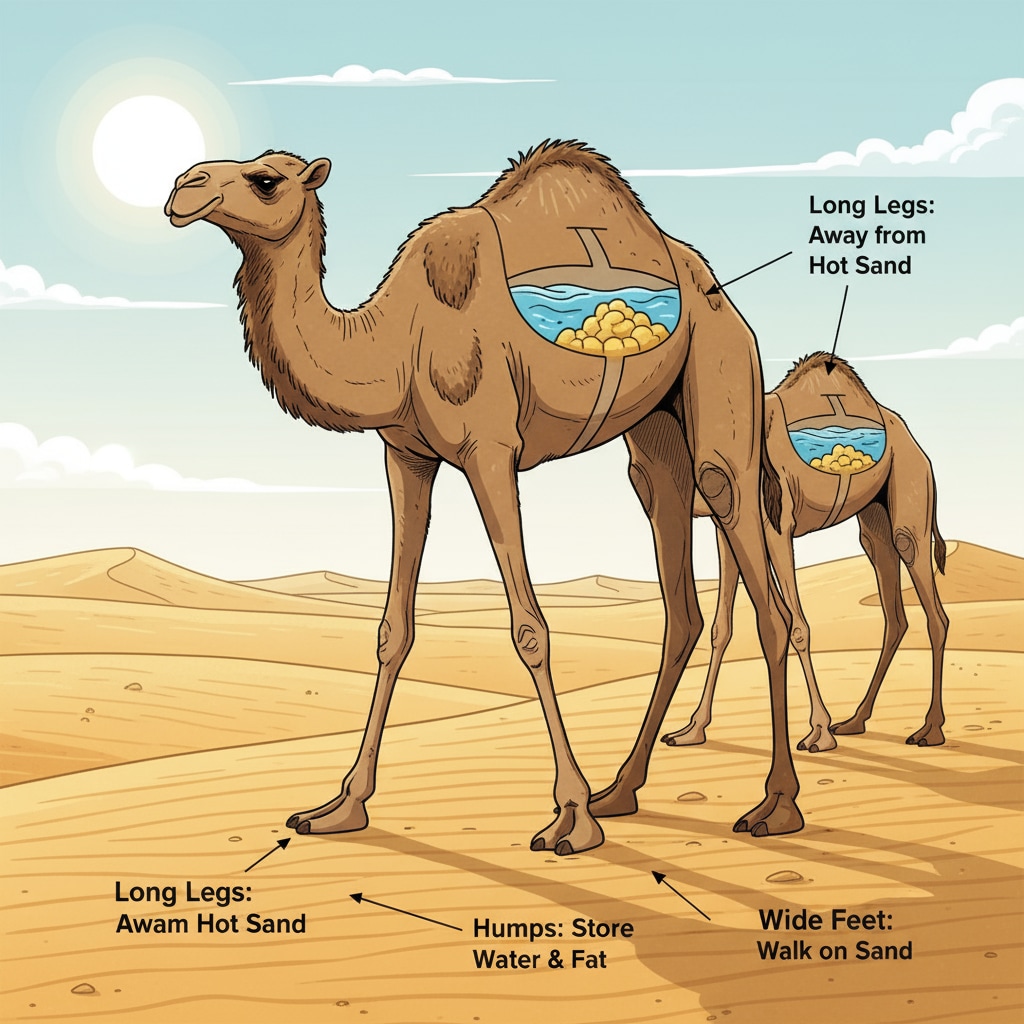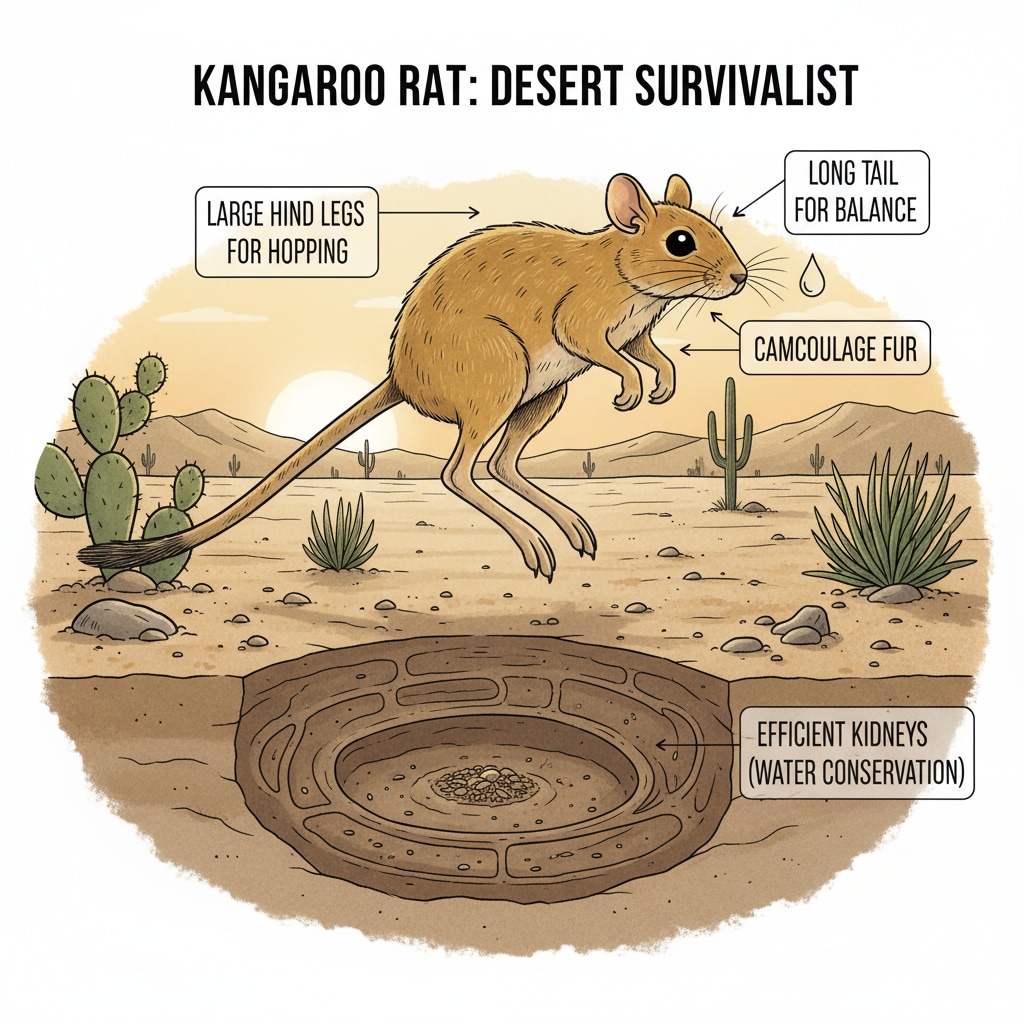Desert animals, with their remarkable evolutionary adaptation and survival mechanisms, offer a fascinating subject for K12 biology education. These creatures have evolved unique traits to thrive in the harsh desert environment.

The Wonders of Desert Animal Adaptations
Desert animals have developed a variety of adaptations to deal with extreme heat and water scarcity. For example, the kangaroo rat, native to North American deserts, has highly efficient kidneys. It can produce extremely concentrated urine, minimizing water loss. This is a crucial survival mechanism in an environment where water is scarce. According to Wikipedia’s entry on Kangaroo rats, these small rodents have evolved to meet the challenges of desert life.

Evolutionary Strategies for Heat Tolerance
In addition to water conservation, desert animals have also evolved ways to tolerate high temperatures. The fennec fox, found in the Sahara Desert, has large ears. These ears serve as a cooling mechanism. The large surface area of the ears allows for heat dissipation, helping the fox stay cool in the scorching desert sun. As stated in Britannica’s article on Fennec foxes, this is an excellent example of evolutionary adaptation to heat.
Another interesting adaptation is seen in some lizards. They are able to change their body color. Dark colors absorb more heat, while light colors reflect it. By changing their color, these lizards can regulate their body temperature, which is essential for their survival in the desert.
Readability guidance: We’ve explored some of the amazing adaptations of desert animals. These examples show how they have evolved to survive in a harsh environment. Incorporating such cases into K12 biology can enhance students’ understanding of evolutionary theory.


